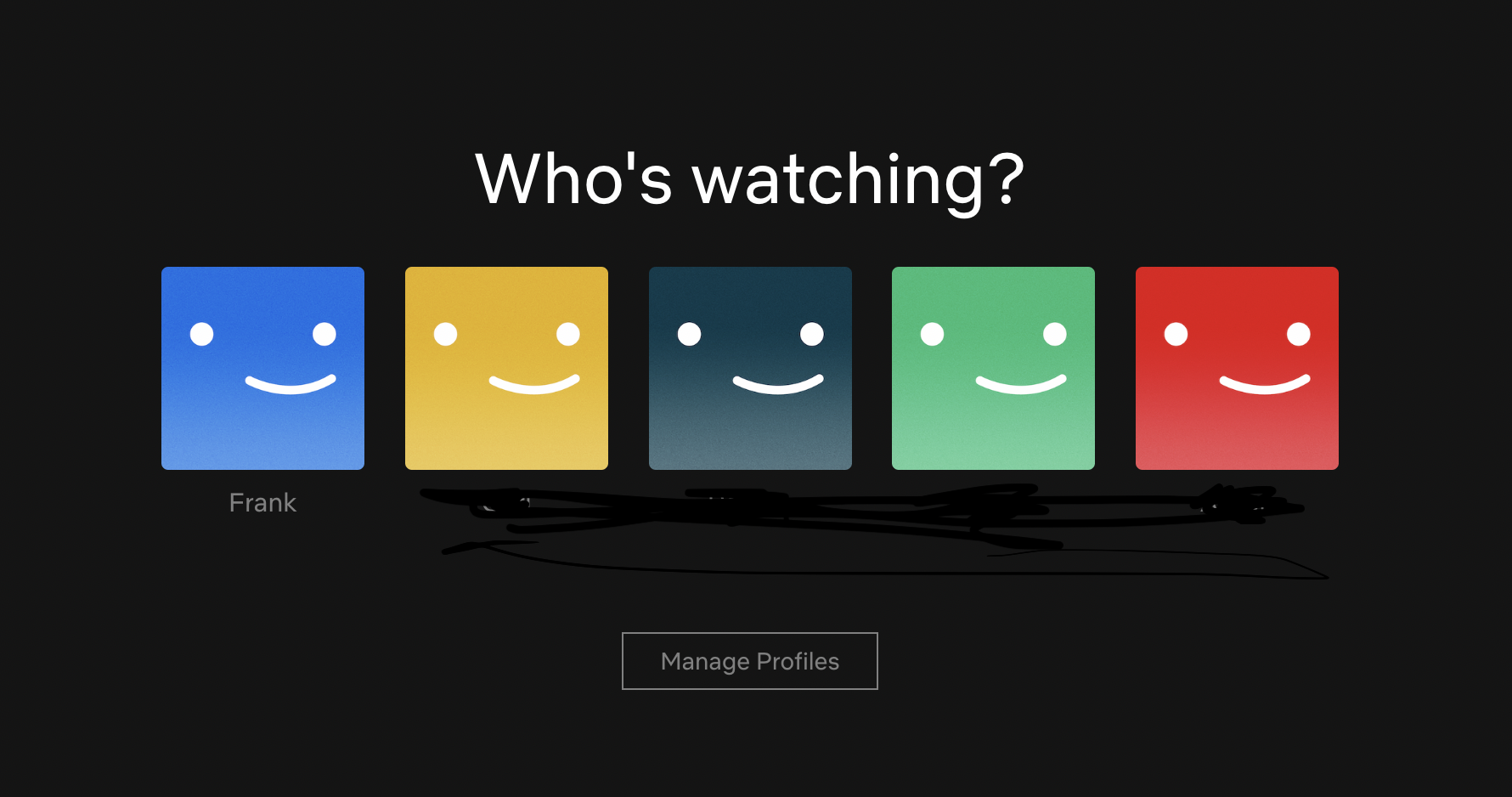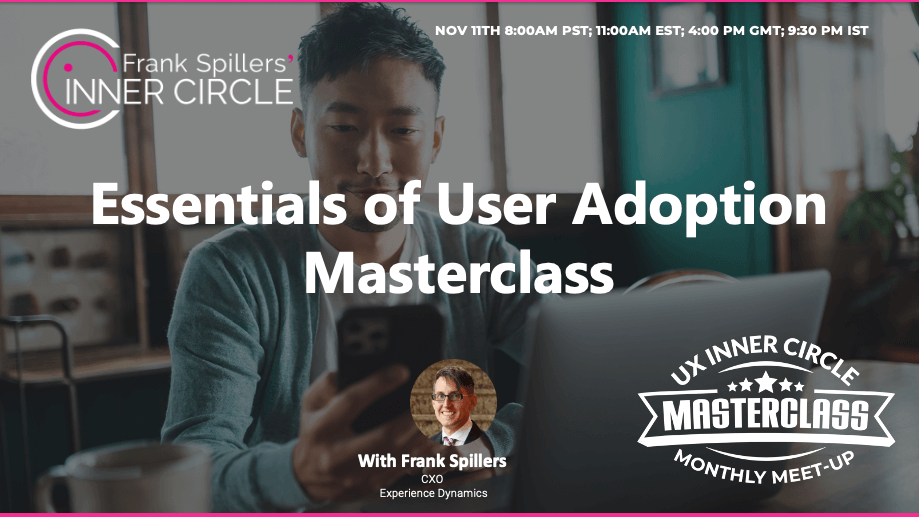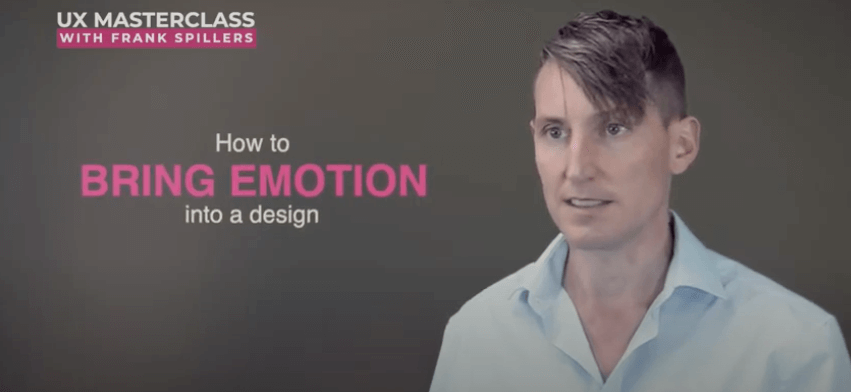Understanding emotion in design
One of the biggest mistakes designers and ‘cool’ agencies make in the topic of emotion in design is to assume it is just a result of an interaction with your design. Indeed emotion is an outcome of the interaction, eg. user “Wow! I wasn’t expecting to be able to contact your organization so easily”, but it’s more than that. Likewise, in Service Design or journey mapping, we look for Moments of Truth (MoT), as emotional high or low points. That’s all good; however, emotion is also a tool, an experience (temporary or sustaining) that users generate through a product or service interaction. Understanding these feelings or moods is key to shaping them.
Why emotion design in UX goes unnoticed
UX designers and researchers have a bias for ignoring emotion. Why? First, Cognitive Science (the field UX comes from) only recognized emotion as an aspect of cognition in the field in the 1980s. This left a legacy in the UX community of downplaying the value or significance of emotion in product interactions. As a result, the assumption around emotion in design is that it is difficult to define, research, design, and measure.
Note that it took the grandfather of Human Centered Design (Don Norman) over a decade to discover emotion, which led to a book on the topic in 2003 (Emotional Design)… Another book that came before it is highly recommended: Designing Pleasurable Products (Patrick Jordan, 2000).
Don Norman’s discovery of this topic in UX was a wake-up call for the UX community.
Up to recently, however, I could not make the connection between usability and aesthetics – they were distinct spheres of my life. Now, however, I have figured out the relationship” –Don Norman around the time of writing the book (2002)
However, Don Norman’s business partner (Jakob Nielsen), who still influences UX methods in the industry, seems to have ignored the topic (or Don’s moment of truth above) entirely, opting for the strong utilitarian instinct that drives UX: Usability (ease of use). A usability-only approach assumes that emotion (joy of use) is a frivolous or “highly subjective” data point worth noticing, not severe enough to build into the design or measurement process.
Use emotion as a way to differentiate your design
Emotion can be used to differentiate your design. The result is emotional value (for your org and your users). In this Emotion Design Masterclass, we will learn how to use emotion as a design tool, not just a reaction you get from your user. Since emotion has been mapped to purchase decisions, post-product reflection, loyalty, trust, perceived ease of use, and more, it makes sense to start noticing it as a designer or researcher, if you currently do not. Better yet, building emotion design into your design strategy can help you create more emotionally compelling experiences, a ‘non-negotiable’ requirement in the design of mobile and VR/AR experiences.
How teams can generate emotional value in design
Emotional value starts with value propositions that are compelling and desirable to users. At the heart of understanding, observing, and using emotions in your UX design strategy and process is a grounding in context. Understanding context of use is possibly the most important thing you can do in UX. Context intelligence helps you prioritize and emphasize what matters most to users. In this way, emotion begins with context research and helps answers these vital emotion design questions:
- What experiences are users having?
- What are friction and frustration points?
- What positive/negative experiences are users having with competitor products or services?
- What is working well?
- What are their appraisals (pre-interaction judgments) about use?
- What emotions do they expect to have at this stage or interaction?
- What emotions (feelings) are they creating, and for what purpose?
- What emotional or social stuff (artifacts- power tools) happens that you need to know about?
- What is the most desirable functionality, feature, or conceptual model that should be prioritized for maximum emotional value?
- How can you create an emotional signature in your design that provides differentiation and joy of use?
Check out the masterclass Emotion Design for UX differentiation to learn:
- What are the key principles of Emotion Design?
- What is emotional value, and how can you build it into your UX design strategy?
- How to design not just for emotion- but with emotion as the affordance
- Defining your emotion design strategy
- Practical emotion design- ROI case; Techniques; Measurement
About Monthly MasterClasses:
These monthly meet-ups are topic-driven live events with an informal presentation by Frank Spillers and group activities and discussions. Monthly MasterClasses are included as part of your membership. They allow a deep dive into important UX topics, with insights drawn from process best practices and case studies from Frank’s two decades in the field.






